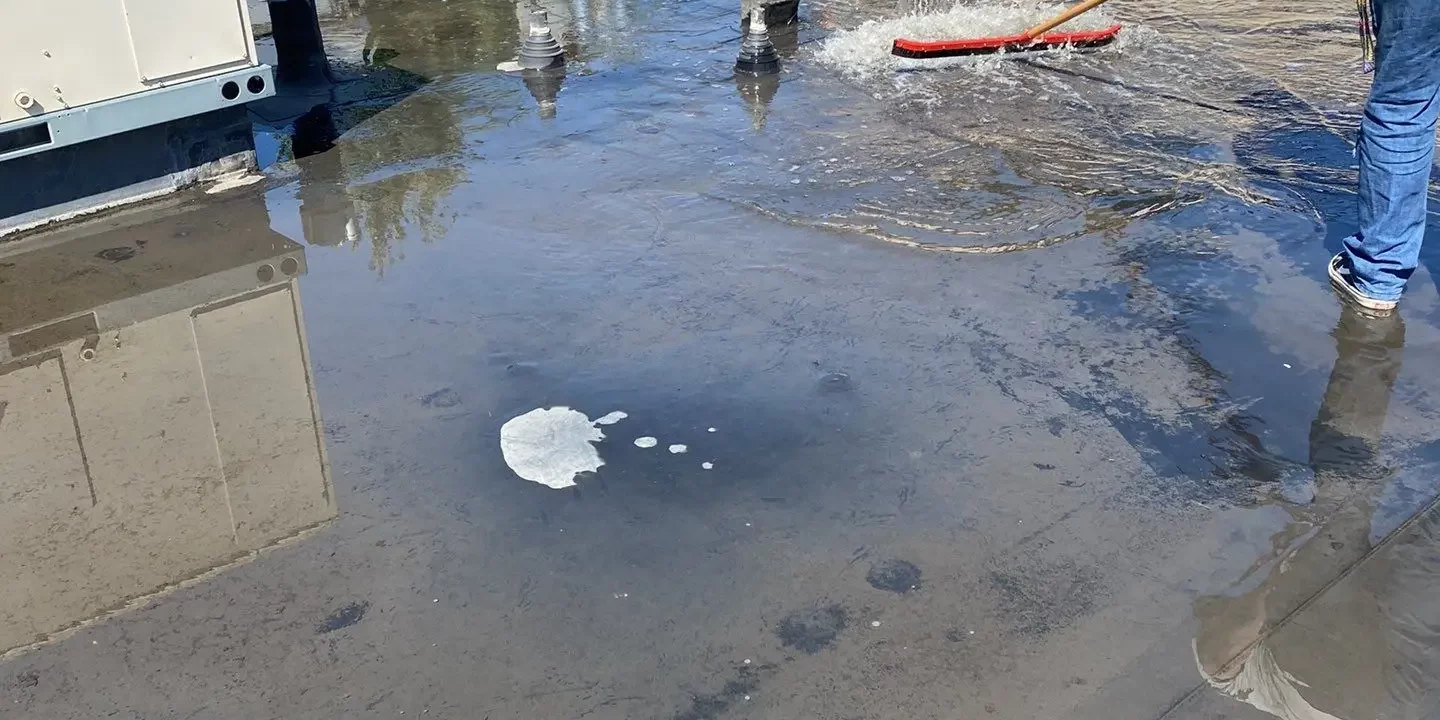Hazards of Rain Damage to Roofing Structures
Introduction
For homeowners, the integrity of the roofing system is crucial to the overall health and longevity of the property. As the primary barrier against weather elements, the roof bears the brunt of environmental exposure, including the significant impacts of rainfall. Regular maintenance and understanding the potential hazards of rain damage are imperative for sustaining a roof’s condition and ensuring it continues to protect your home efficiently.
The Impact of Rain on Roof Materials
Penetration and Leaks
Rainfall, particularly when it is heavy and frequent, poses a significant risk of penetrating roofing materials. Over time, even the smallest compromise in a shingle or tile can lead to water ingress. Once water breaches the outer layer of the roof, it can seep into the underlayment and even the structural components of the home, such as rafters and the attic space. This progression often results in leaks that are visible from the interior of the house, typically noticed as water spots or drips inside.
Development of Stains
Where leaks are slow and not immediately apparent, one of the first indicators can be staining on interior ceilings and walls. These stains are typically a result of prolonged moisture presence and can signify more extensive water damage than visible. It is crucial to investigate any discoloration promptly to determine the moisture source and mitigate further damage.
Structural Deterioration
Repeated exposure to moisture can significantly impair the structural integrity of roofing materials. Common issues include the rotting of wooden components in the roof structure, such as beams and decking. This degradation can compromise the roof’s ability to support itself, leading to sagging or, in extreme cases, collapse.
Surface Damage to Shingles
Rain can also physically alter the condition of the roofing surface. Shingles may begin to buckle or curl due to prolonged exposure to moisture. These deformations can expose more of the roof structure to the elements, increasing the risk of further damage. Additionally, high winds that often accompany heavy rains can rip shingles from the roof, creating immediate areas of vulnerability to water ingress.
Preventative Strategies and Solutions
Regular Inspections
Conducting regular roof inspections is vital to catch and address rain-related damages early. It is advisable to inspect the roof following seasons of heavy rainfall or after any significant storm events. This proactive approach helps identify potential issues before they escalate into more severe problems.
Timely Repairs
Upon discovering any signs of rain damage, immediate action is necessary. Small repairs, such as replacing a few shingles or sealing minor leaks, can often prevent the need for more extensive, costly interventions like a complete roof overhaul.
Quality Roofing Services
For residents in and around Littleton, CO, GCCS Roofing, Inc. offers expert roofing solutions with a commitment to quality and customer satisfaction. Our team provides comprehensive services, from installation and maintenance to repairs, ensuring your roof remains in optimal condition against the challenges posed by rain damage.
Conclusion
The effects of rain on a roofing system can be severe, ranging from minor leaks to structural damage. Proactive maintenance, including regular inspections and immediate repair of any damages, is essential. By understanding the hazards associated with rainfall and taking preventive measures, homeowners can significantly extend the life of their roofs and ensure their homes remain safe and dry.







